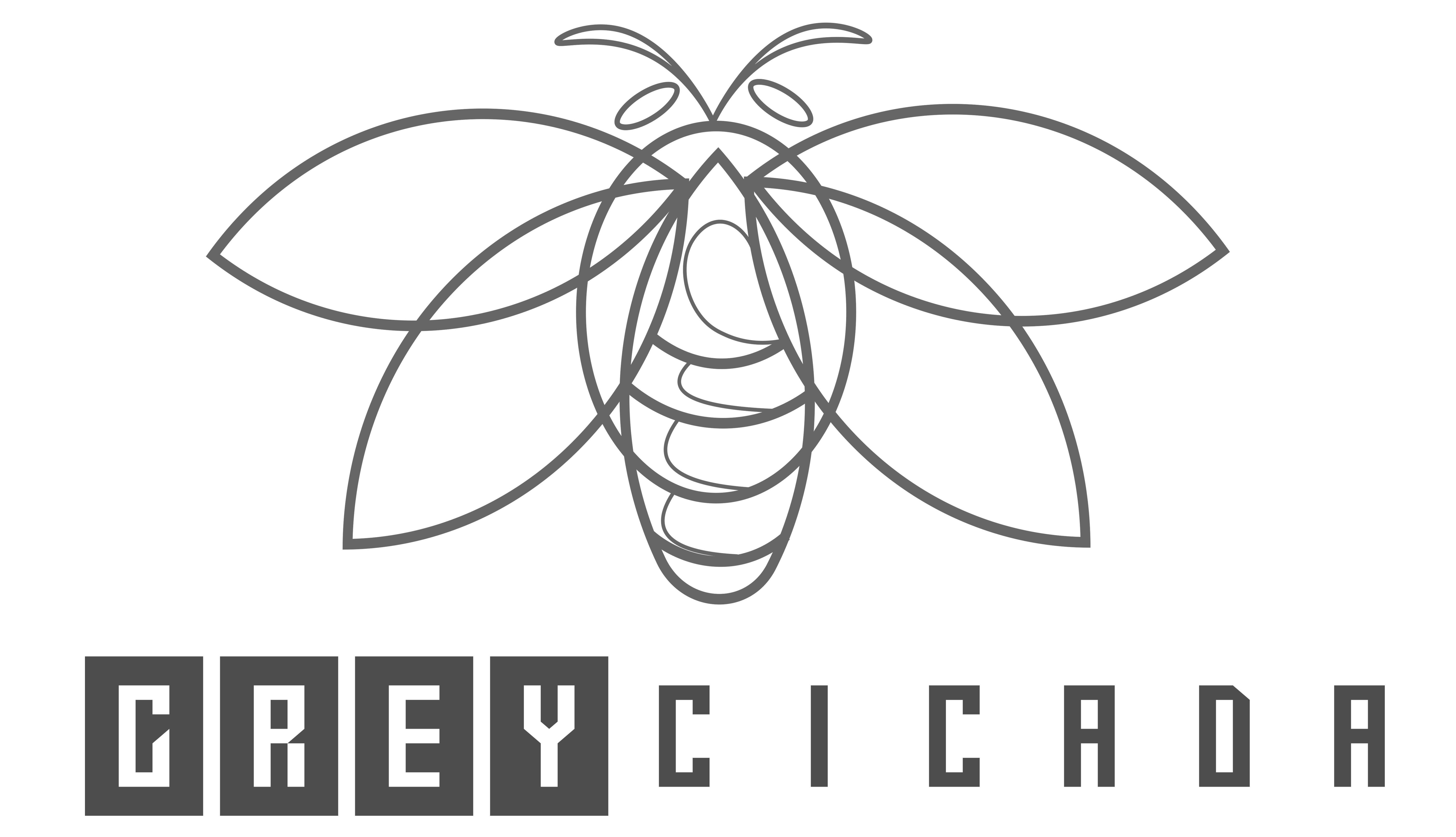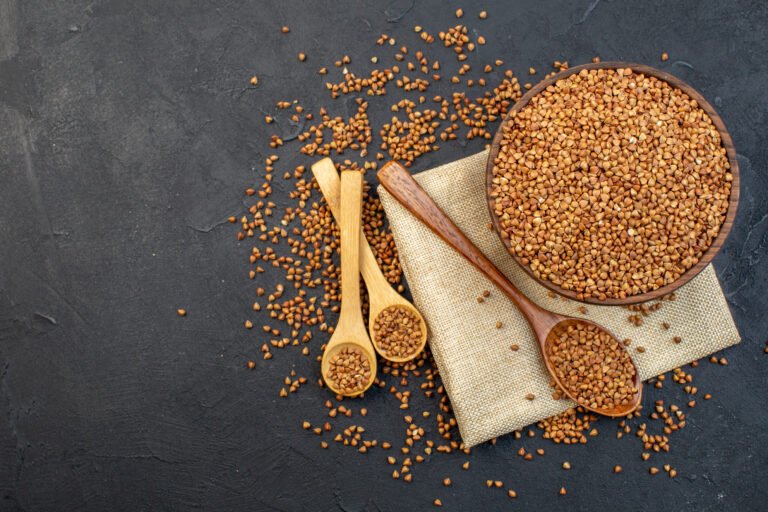FREE SHIPPING OVER $50
Low FODMAP Diet Essentials: A Beginner’s Guide + Diet Plan
The low FODMAP diet is a dietary approach that involves limiting or avoiding foods that are high in FODMAPs, such as wheat, dairy, garlic, onion, beans, apples, and honey. By reducing the intake of these foods, you can reduce the amount of gas and water that accumulates in your gut, and improve your digestion and quality of life.
The low FODMAP diet is not a permanent diet. It is a temporary elimination phase that lasts for 2 to 6 weeks, followed by a reintroduction phase that helps you identify your personal triggers and tolerance levels. The goal is to find a balanced and sustainable way of eating that suits your needs and preferences.
In this blog post, we will guide you through the basics of the low FODMAP diet, including what to eat, what to avoid, how to plan your meals, and how to monitor your progress. We will also provide you with a sample low FODMAP diet plan that you can follow for a week. Whether you are new to the low FODMAP diet or looking for some inspiration, this blog post will help you get started on your journey to digestive wellness.
What is a FODMAP?

FODMAP stands for Fermentable Oligosaccharides, Disaccharides, Monosaccharides and Polyols. These are types of carbohydrates that can cause digestive problems for some people, especially those with irritable bowel syndrome (IBS). A low FODMAP diet is a way of eating that limits these foods and helps reduce symptoms such as bloating, gas, pain, and diarrhea.
FODMAPs are found in many common foods, such as wheat, milk, beans, onions, garlic, apples, and honey. They are not bad for everyone, but some people have trouble digesting them. When FODMAPs reach the large intestine, they are fermented by bacteria, producing gas and water. This can cause the intestine to stretch and create pressure, leading to discomfort and altered bowel movements. Some people are more sensitive to this process and may experience more severe symptoms. This is often the case for people with IBS, a condition that affects the function of the gut and causes chronic or recurrent abdominal pain and changes in stool frequency or form.
Essential Foods for a Low FODMAP Diet
Low FODMAP foods are foods that contain low amounts of fermentable carbohydrates, also known as FODMAPs. These are sugars and fibers that can cause gas, bloating, pain, and other digestive issues in some people.
But don’t worry a low FODMAP diet doesn’t mean low flavor or variety. Here are some examples of low FODMAP foods you can add to your shopping list.
Low FODMAP fruits
Some fruits are high in fructose or sorbitol, which can trigger IBS symptoms. But you can still enjoy these low FODMAP fruits in moderation:
- Bananas
- Blueberries
- Cantaloupe
- Grapes
- Kiwi
- Mandarin
- Orange
- Pineapple
- Raspberries
- Strawberries
Low FODMAP vegetables
Some vegetables are high in fructans or mannitol, which can also cause digestive distress. But these low FODMAP vegetables are safe to eat in reasonable portions:
- Bell peppers
- Carrots
- Cucumber
- Eggplant
- Green beans
- Kale
- Lettuce
- Potatoes
- Spinach
- Zucchini
Other low FODMAP foods
Besides fruits and vegetables, there are many other foods that you can enjoy on a low FODMAP diet. These include:
- Eggs
- Meats
- Poultry
- Seafood
- Tofu
- Rice
- Quinoa
- Oats
- Gluten-free breads and cereals
- Lactose-free dairy products or plant-based alternatives
- Nuts and seeds (except pistachios and cashews)
- Peanut butter and almond butter
- Olive oil and coconut oil
- Herbs and spices (except garlic and onion)
- Maple syrup and brown sugar
As you can see, there are plenty of wholesome choices for a low FODMAP diet. You don’t have to sacrifice taste or nutrition to feel better. Just follow these guidelines and experiment with different combinations of low FODMAP foods to find what works best for you.
Crafting Your Low FODMAP Diet Plan
The low FODMAP diet is not a one-size-fits-all approach. It’s a personalized and flexible way of eating that helps you manage your IBS symptoms and improve your quality of life. Here are some steps to create your own low FODMAP diet plan:
- Identify your trigger foods: The first phase of the low FODMAP diet is to eliminate high FODMAP foods for 2 to 6 weeks and monitor your symptoms. This will help you find out which foods cause you the most trouble and which ones you can tolerate better.
- Reintroduce foods gradually: The second phase of the low FODMAP diet is to reintroduce high FODMAP foods one by one and test your tolerance level. This will help you determine how much and how often you can eat certain foods without triggering your symptoms.
- Find your balance: The third phase of the low FODMAP diet is to maintain a long-term eating pattern that works for you. You don’t have to avoid all high FODMAP foods forever, but you should limit them to a level that keeps your symptoms under control.
Tips
A low FODMAP diet plan for IBS should be tailored to your individual needs and preferences. You can use the following tips to guide you:
- Eat a variety of foods from all food groups, including fruits, vegetables, grains, protein, dairy, and healthy fats.
- Choose low FODMAP foods within each food group, such as bananas, carrots, rice, chicken, lactose-free milk, and olive oil.
- Avoid or limit high FODMAP foods within each food group, such as apples, garlic, wheat, beans, cow’s milk, and honey.
- Experiment with different combinations and portions of foods to find what works best for you.
- Drink plenty of water and limit caffeine, alcohol, and carbonated drinks.
- Eat regular meals and snacks and avoid skipping or delaying meals.
- Chew your food well and eat slowly and mindfully.
Low FODMAP Diet Plan
To give you an idea of what a low FODMAP diet plan might look like, here’s a sample menu for a week. You can adjust it according to your preferences and availability of ingredients.
| Day | Breakfast | Lunch | Dinner |
|---|---|---|---|
| Monday | Oatmeal with lactose-free milk, blueberries, and walnuts | Chicken salad with lettuce, cucumber, cherry tomatoes, feta cheese, and balsamic dressing | Salmon with roasted potatoes, green beans, and lemon butter sauce |
| Tuesday | Scrambled eggs with spinach and cheddar cheese on gluten-free toast | Vegetable soup with rice noodles and tofu | Beef stir-fry with broccoli, carrots, bell peppers, and brown rice |
| Wednesday | Banana pancakes with maple syrup and strawberries | Quinoa salad with tuna, corn, olives, parsley, and lemon juice | Spaghetti with low FODMAP tomato sauce and parmesan cheese |
| Thursday | Greek yogurt with granola and raspberries | Turkey sandwich on gluten-free bread with lettuce, tomato, mayonnaise, and mustard | Roasted chicken with mashed potatoes, zucchini, and gravy |
| Friday | Smoothie with lactose-free milk, banana, peanut butter, and cocoa powder | Rice paper rolls with shrimp, lettuce, carrot, mint, and peanut sauce | Pizza with gluten-free crust, mozzarella cheese, ham, pineapple, and oregano |
| Saturday | French toast with lactose-free cream cheese and blueberry jam | Vegetable frittata with spinach, cherry tomatoes, cheese, and basil | Lamb chops with roasted pumpkin, asparagus, and mint sauce |
| Sunday | Cornflakes with lactose-free milk and kiwi fruit | Chicken wrap with gluten-free tortilla, lettuce, avocado, salsa, and sour cream | Vegetable curry with coconut milk, potato, carrot, cauliflower, chickpeas (small portion), and basmati rice |
FAQs
A low FODMAP diet is a type of eating plan that limits certain carbohydrates that can cause digestive problems, such as gas, bloating, diarrhea, and constipation. FODMAP stands for fermentable oligo-, di-, monosaccharides, and polyols, which are short-chain sugars that are poorly absorbed in the small intestine and fermented by bacteria in the large intestine.
Yes, they are. They are a safe and nutritious fruit that can be enjoyed on a low FODMAP diet. Oranges contain vitamin C, fiber, antioxidants and other beneficial compounds.
Some fruits that are low FODMAP include bananas, blueberries, grapes, kiwi, pineapple, strawberries and raspberries. These fruits have a low amount of fructose, sorbitol and other fermentable sugars that can trigger digestive symptoms. However, portion size matters, as too much of any fruit can increase the FODMAP load.
Conclusion
The low FODMAP diet is not a restrictive or boring diet. It’s a lifestyle change that can help you feel better, happier and more confident in your own body. It can also open up a whole new world of flavors and cuisines that you may have never tried before. By embracing the low FODMAP lifestyle, you’re taking control of your health and well-being.
So what are you waiting for? Start your low FODMAP journey today and see the difference it can make in your life!
If you found this blog post insightful, explore more by delving into our related articles:
- Free 14-Day No Sugar Diet Food List: Curb Cravings Fast
- Free 7-Day Meal Plan for Kidney Disease: Renal Diet
- 7-Day Meal Plan for Pancreatitis: Breakfast, Lunch & Dinner
- How Can a Prediabetes Diet Influence Your Health and Well-being?
- 10 Foods that Lower Testosterone
- 10 Probiotic Foods for Digestion
- The Ulcerative Colitis Diet
- How Gut Health and Probiotics Affect Your Overall Well-being
- Discover the Best Lactose Intolerance Medication Options








Simply wish to say your article is as amazing The clearness in your post is just nice and i could assume youre an expert on this subject Well with your permission let me to grab your feed to keep updated with forthcoming post Thanks a million and please carry on the gratifying work